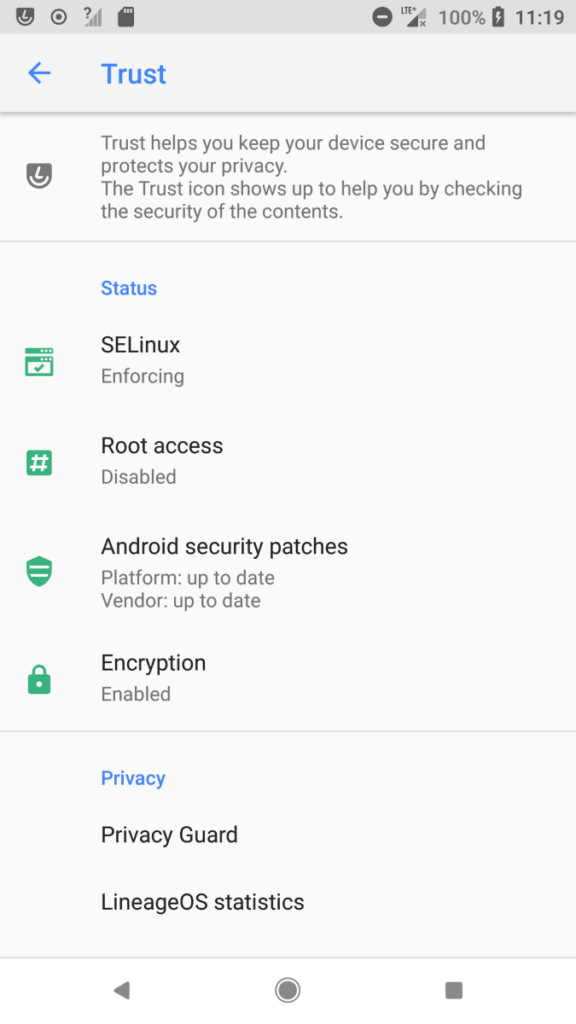Last Updated on
Back in the early days of Android, functionality, and optimization were a growing priority for the Android Open Source Project, but it wasn’t the best operating system. When compared to the convoluted pool of self-made OEM OS, it was a dream come true. One unified system that was familiar on most devices, worked the same and had the same compatibility for files, memory sticks, and more.

What is an Android ROM?
The beauty of open-source software is the chance to (legally) make it better in practically every way by modifying the source code. In this case, the source code is also known as an Android ROM. It’s the operating system that allows your handset to function, much like how Windows or macOS works.
It was commonplace not so long ago to root a brand new Android phone and flash (install) a custom ROM straight out of the box. The two biggest reasons consumers install a custom Android ROM is to get rid of OEM bloatware, improve battery life, and increase overall performance.
Bloatware is all of those apps that you’ll never use that come pre-installed on most Android devices. That’s OEMs for you, making sure you know their products and applications are the best when consumers will probably know otherwise.
The benefits of OEM Android
OEMs also like to modify Android OS to put their own mark on it. Samsungs OneUI and Realme UI 3.0 are a couple of examples. From giving Android a facelift and changing its menu systems to shoehorning their own app stores in for some of that sweet market share, there are also some benefits to having an OEM Android OS.

Firstly, they’ll be fine-tuned to the handsets camera and other features. Buying a new handset these days means buying into said smartphone’s gimmick, such as a specially designed camera or speakers. Some of these tech features require certain elements of the OEM Android ROM to run properly, so flashing a custom Android ROM may reduce or stop the functionality of these features.
OEM Android OS has also introduced some great features not found in stock Android ROMs in the past, with multi-tasking and menu optimizations being at the forefront. There are also tweaks that make the features of your particular handset shine as mentioned above. If you do decide to flash a custom Android ROM on a brand new handset, this will probably void your warranty. Weigh up your options and what features you’ll lose by unlocking Android OS via bootloader.
Pick a budget or older handset
To properly reap the benefits of installing a custom Android ROM, we’d recommend modifying a budget handset or an older generation handset. Latest generation handsets lose a lot of their features by being flashed with a custom Android ROM, and frankly, it’s a waste of time spending a fortune to then dull the experience.
Looking at some of the best custom Android ROMs, older handsets such as Samsung Galaxy S7 and budget handsets such as Xiaomi/Red Note and One Plus seem like safe bets. These handsets will only benefit from custom Android ROMS, certainly older handsets that are no longer supported. Also, it can be a great way of getting Android 12 experiences running on old hardware efficiently.
Is it safe?
Users from major OEM brands can expect support for the first two to three years of the handsets life but are left in the dark after that. Not receiving security updates is a big problem with stock Android ROMS, which is why flashing custom ROMs on old and budget/unbranded Android handsets is a great option.

When it comes to Android safety, anything can be breached or hacked with enough know-how or perseverance. Online and digital safety is all about putting practices and software/hardware in place to make it harder, or to prevent issues. This is why handsets and other tech receive firmware and operating system updates to cover up any potential security holes or exploits.
As we’ve previously mentioned, Android is an open-source operating system. This means its code and stock ROM are available to the general public for others to mod and update as they see fit.
Custom Android ROMs take up a small portion of the Android OS pool, with OEM and Google Android OS taking the crown. This means someone will malicious intent will likely want to cast a wider net, so the chances are they won’t be targeting the latest build of Lineage OS or Pixelexperience in the first place. Other than this, make sure you’re downloading the real ROM from the official source and not another website or P2P method such as torrents.
Should you install an Android alternative?
Of course, this is down to personal preference. If you’re looking to breathe new life into an older, unsupported handset, or wish to flash a budget handset and get rid of all of that annoying bloatware, go for it.
However, most flagship and high-end handsets run really well. Also, OEM Android OS will be custom-made to accommodate the features of your particular handsets. This means flashing it will likely harm your Android experience rather than improve it.
For all things Android, make sure to keep an eye on (and bookmark) our Android and News hubs here at PC Guide.


